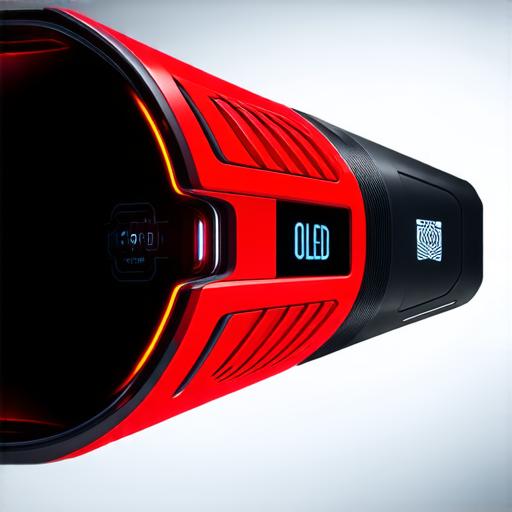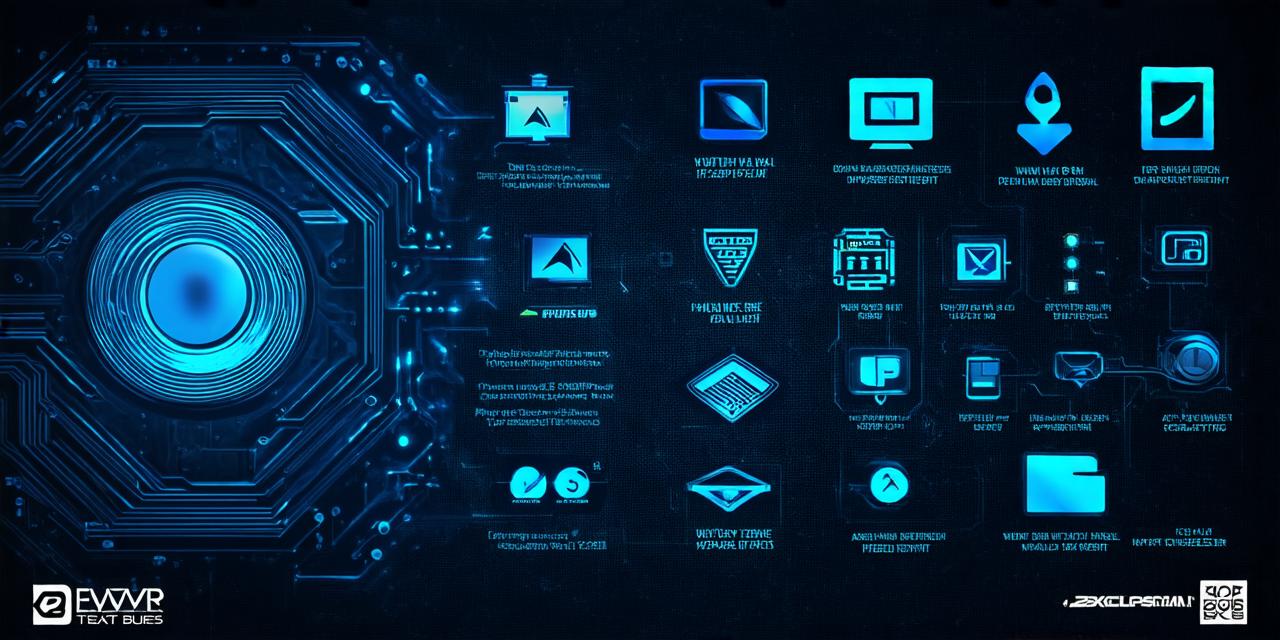Augmented Reality (AR) and Virtual Reality (VR)
Augmented reality (AR) and virtual reality (VR) have transformed the way we interact with digital content, creating immersive experiences that blur the line between the real and virtual worlds. Both technologies rely on advanced display technologies to create these immersive experiences.
AR Display Technologies
Smart Glasses
Smart glasses are wearable devices that use a small display screen to overlay digital information onto the real world. These glasses typically use optical see-through displays, which allow users to view both the real and virtual worlds simultaneously. One of the most well-known examples of smart glasses is Google Glass, which was first released in 2013. Smart glasses have since been used in a variety of applications, including education, entertainment, and healthcare.
Head-Mounted Displays (HMDs)
Head-mounted displays are another popular display technology used in AR. These devices consist of a pair of glasses with a display screen mounted to the headband, allowing users to view digital content while keeping their hands free. HMDs have been used in a variety of applications, including gaming, entertainment, and education. One popular example of an HMD is the Oculus Quest 2, which was first released in 2020.
Projected Displays
Projected displays are another type of display technology used in AR. These displays use a projector to display digital content onto a surface, allowing users to view the content from any angle. Projected displays have been used in a variety of applications, including retail, entertainment, and education. One example of a projected display is the HoloDeck, which was first announced by Microsoft in 2017.
Haptic Feedback Displays
Haptic feedback displays are a type of display technology that provides tactile feedback to users. These displays use sensors and actuators to simulate physical sensations, such as touch or vibration, allowing users to feel the digital content they’re interacting with. Haptic feedback displays have been used in a variety of applications, including gaming and entertainment. One example of a haptic feedback display is the Nintendo Switch Joy-Con controllers, which use haptic feedback to simulate the sensation of ice cubes clinking together when players shake them.
VR Display Technologies
Head-Mounted Displays (HMDs)
As mentioned earlier, head-mounted displays are also used in virtual reality. These devices allow users to view digital content while keeping their hands free and completely immersed in the VR experience. HMDs have been used in a variety of applications, including gaming, entertainment, and education. One popular example of an HMD is the Oculus Quest 2.

Large Screen Displays
Large screen displays are another display technology used in virtual reality. These displays can be either projection-based or flat-screen-based, and are typically used to create immersive VR environments for users. Large screen displays have been used in a variety of applications, including gaming, entertainment, and education. One example of a large screen display is the Samsung Odyssey G9 8K monitor, which can be used to create a 216-degree curved display that fully immerses users in the VR experience.
Haptic Feedback Displays
Haptic feedback displays are also used in virtual reality to provide tactile feedback to users. These displays use sensors and actuators to simulate physical sensations, allowing users to feel the digital content they’re interacting with. Haptic feedback displays have been used in a variety of applications, including gaming and entertainment. One example of a haptic feedback display is the HTC Vive Pro Eye, which uses haptic feedback to simulate the sensation of wind blowing through users’ hair when they look upwards.
FAQs
What are the different kinds of display technologies used in augmented reality and virtual reality?
Smart glasses, head-mounted displays (HMDs), projected displays, haptic feedback displays, head-mounted displays (HMDs) in VR, large screen displays, and haptic feedback displays.
What are the applications of AR and VR display technologies?
Education, entertainment, healthcare, retail, gaming, and more.
Can you provide examples of specific display technologies used in AR and VR?
Google Glass, Oculus Quest 2, HoloDeck, Nintendo Switch Joy-Con controllers, Samsung Odyssey G9 monitor, and HTC Vive Pro Eye.
